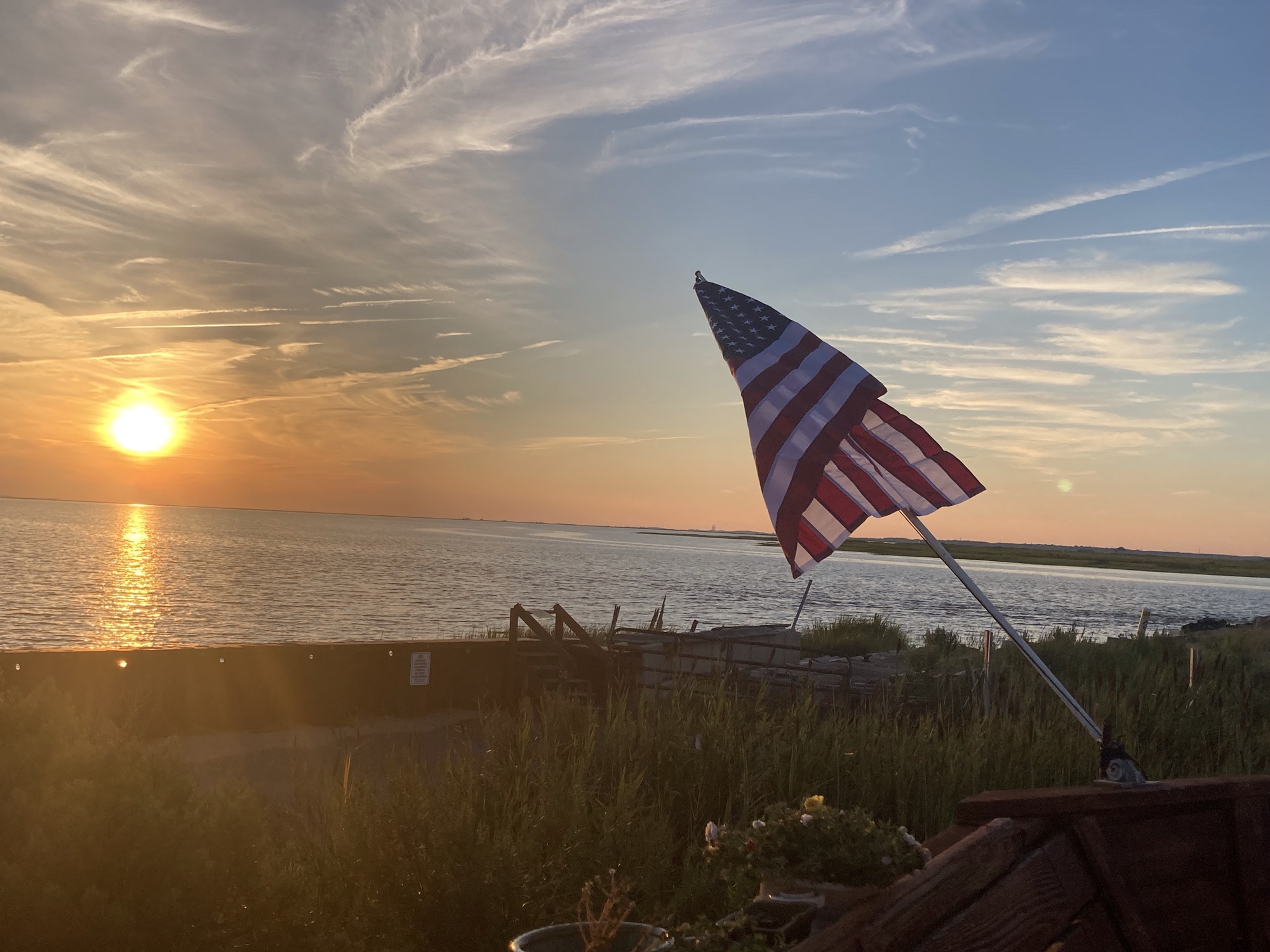The 1960s and 1970s were a time of growing awareness about the climate crisis. Popular folk musicians dominated the record player in my house, and subscriptions to Organic Gardening, Popular Science, and Reader’s Digest helped shape my earliest impressions. On the inaugural Earth Day in 1970, Walter Cronkite hosted a program titled Earth Day: A Question of Survival, highlighting the emerging environmental challenges of the era. He described Earth Day as a “unique day in American history, dedicated to mankind seeking its own survival.”
We built solar hot water heaters for our farm and for my in-laws’ pools. We discussed solar photovoltaics, but recognized we lacked the resources to implement it on a large scale. An experiment using solar hot water to heat a new home was only modestly successful. During the gas crisis of the late 1970s, my father even started a side business importing fuel-efficient Hondas to Pennsylvania. Later, in college, I studied the balance between science, sustainability, and the demands of human consumption. I learned a great deal about sustainable practices.
Then came the 1980s, and much of my environmental focus faded. I moved to the city for graduate school and my first job, eventually working in investment banking on Wall Street. I launched an SEC Registered Investment Adviser firm in 1983 and traded my economical small cars for sports cars, a large SUV, and a boat. I flew frequently, often using the Trump Shuttle between Atlantic City and New York City.
By the early 1990s, I had a significant shift in perspective and made a deliberate effort to slow down and return to a more sustainable lifestyle. I began driving a fuel-efficient Honda again. We recognized that the “go-go” years of the 1980s were not sustainable. A key criterion for choosing homes to live in and remodel was the ability to include a garden and greenhouse. My home in Ocean City allowed me to travel primarily by bicycle. I became known for always having a bike strapped to the back of my Honda while touring much of the Eastern U.S. for wrestling championships.
The next two decades were largely focused on physical recovery from an injury and rebuilding after the physical and financial devastation of storms like Sandy. During that time, there was little funding available to pursue the sustainability projects I envisioned. However, a nonprofit organization I founded around 2010 was recognized by the New Jersey Department of Environmental Protection for exemplary progress using a combination of grass technologies for shoreline stabilization. Our rural marina community became a primary research site for living shoreline and oyster reef restoration.
By 2020, I had developed a plan to redevelop the marina using sustainable technologies—envisioned as New Jersey’s first clean energy-powered recreational and commercial boating facility. Securing funding has proven difficult in rural southwest New Jersey. Our county remains one of the poorest in both the state and the nation. We still lack public water, sewer, trash service, and wired internet. Yet the strategic location—on the Intracoastal Waterway, with deep water access and surrounded by thousands of acres of open space—makes it an ideal candidate for sustainability investment.
The boating industry is poised to convert to electric power sooner and more rapidly than the mainstream automobile industry. Professionals project that within five years, battery technology will have advanced to the point where electric-powered boats become the logical choice. We believed we were close to forming a public-private partnership to redevelop our dilapidated shoreline business community. The financial projections were strong, and both local and state governments support the sustainability vision. All that’s missing is the capital.
Now, in just the past two months, we face a new challenge. Funding for the sustainability research that helped revive our community and Delaware Bay fisheries is under threat. Economic redevelopment funding for a sustainable marina is uncertain. Private equity investors know they can usually make more money exploiting the environment than by protecting it. We will secure our sustainable future only by recruiting private investors with a long term focus of profiting through protecting these valuable limited resources. For now, I’ve chosen to scale back some projects to allow time to recruit sustainability-focused investors and to see where this political shift leads. But we know that the world is not creating any more beautiful unspoiled rural waterfront and the economic forecast for deep water port communities is strong. It’s just a matter of finding a few more people who share this vision.

